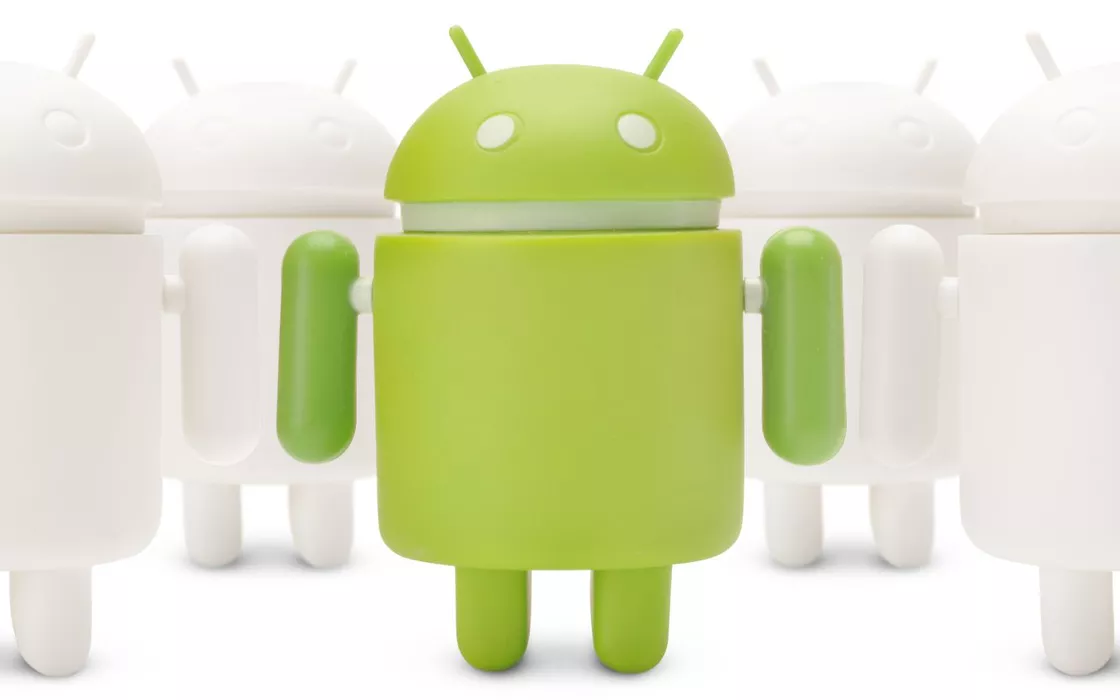Running an application that was created for another platform on a different operating system is not exactly a walk in the park. To launch applications on a platform other than the native one, various solutions can be used: virtualization, emulation, containerization, compatibility layers and, in some cases, intermediate execution environments. Bring i programmi Windows su Android it can prove useful in many situations.
First of all, you have the option to run Windows applications on a very popular platform like Android without the need to install the entire Microsoft operating system. Running Windows programs on Android also allows users to enjoy the flexibility and mobility of mobile devices, without having to depend on a desktop computer or notebook.
Investing in compatibility of Windows applications with Android allows you to reach an even wider audience of users. Microsoft has long been trying to build bridges to the Android world. Apart from the historic project Mono focused on .NET, however, there is no officially supported solution for bring Windows programs on the green robot’s devices.
What is Wine and why is it a compatibility layer
Wine (Wine Is Not an Emulator) is an open source application that allows you to run applications developed for the Windows operating system on systems Unix-likecome Linux e macOS. A difference of a emulatorWine does not emulate the entire Windows environment, but provides an implementation a runtime of Windows components needed to run applications on non-native platforms.
Windows applications interact with the operating system using the API calls (Application Programming Interface) specifications of the Microsoft operating system. Wine implements the API so that when a Windows application calls a specific function, the program can provide an equivalent result that runs on an operating system other than Microsoft’s. This is why we talk about Wine as compatibility layer: API calls instantiated by Windows programs are translated so that the underlying operating system (other than Windows) can understand and handle them properly.
The beauty of Wine, which has now reached a notable level of maturation, is that the runtime available covers libraries e system components of Windows. Think, for example, of the various DLL (Dynamic Link Libraries) that form the backbone of Windows programs, network services, device drivers, and so on. Wine also provides virtual system registers, to allow Windows applications to interact with this important component.
A compatibility layer like Wine also takes care of managing thegraphic interface and Windows program input modes: it can interface with the host operating system’s graphics system to show windows, manage the keyboard, mouse, touchpad and more.
How to run Windows programs on Android using open source software
One of the best-known commercial products that helps run Windows programs on Android is called CrossOver. The software is a modified version of Wine and integrates several improvements in compatibility, better to make the application easier to use and offers some tools for virtualization.
winlator
winlator is an open source solution that uses Wine and Box86/Box64 to support the loading programs Windows on Android. We already know Wine; Box86/Box64 instead, they are emulators designed for ARM64 devices that allow you to run x86 and x86_64 binaries on that platform.
Box86 is designed to run 32-bit x86 binaries, while Box64 is the a version 64 bit designed for x86-64 executables.
Per use winlatorjust download the APK file from GitHub, download the file main.3.com.winlator.obb then place it in the folder /storage/emulated/0/Android/obb/com.winlator (to be created if it does not exist). At this point that’s enough start the application and wait for the installation process to finish.
mobox
An open source software that currently ensures superior performance compared to winlator is mobox.
The application is designed to run Windows applications in a window terminale Linux su Android. Termux is a terminal emulator for Android that offers an environment Linux-like on mobile devices. Alongside it, mobox uses the aforementioned Wine and Box64.
To proceed, you must have installed Termux, Termux-X11 and Input Bridge on your Android device. At this point, simply open Termux and paste the following command into it:
curl -s -o ~/x https://raw.githubusercontent.com/olegos2/mobox/main/install && . ~/x
Writing mobox within Termux, you can launch the application immediately.
Wine can be installed or uninstalled from the menu Manage packages. Furthermore, you can load components such as Mesa VirGL, Turnip, Wine Mono e Gecko from Wine’s Start menu.
Here is a brief explanation of Mesa VirGL, Turnip, Wine Mono and Gecko:
Mesa is an open source graphics library that provides implementations of the OpenGL specification, Vulkan, and other graphics drivers. VirGL is a project born within Mesa that aims to provide an OpenGL driver for virtual machines that use host GPU hardware acceleration.
Turnip is an open source driver for Vulkan aimed at Qualcomm Adreno GPUs while Wine Mono is an open source implementation of the .NET runtime (Common Language Runtime – CLR) used to run .NET applications on operating systems other than Windows. Wine uses Wine Mono to allow .NET applications to run on Linux and Android.
In the end, Gecko is the rendering engine of Mozilla Firefox and is used to support the correct display of the content of web pages.
Opening image credit: iStock.com – juniorbeep

